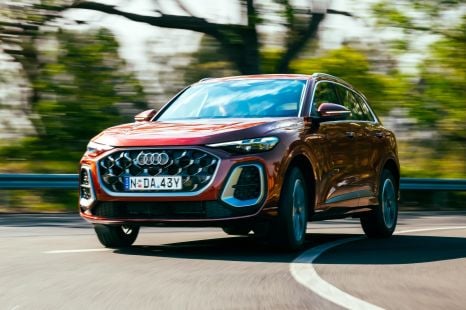

James Wong
2026 Audi Q5 review: Quick drive
5 Days Ago
The updated Jaguar F-Pace brings with it a new take on technology for the brand. But is it enough to make it a contender in the luxury SUV segment?
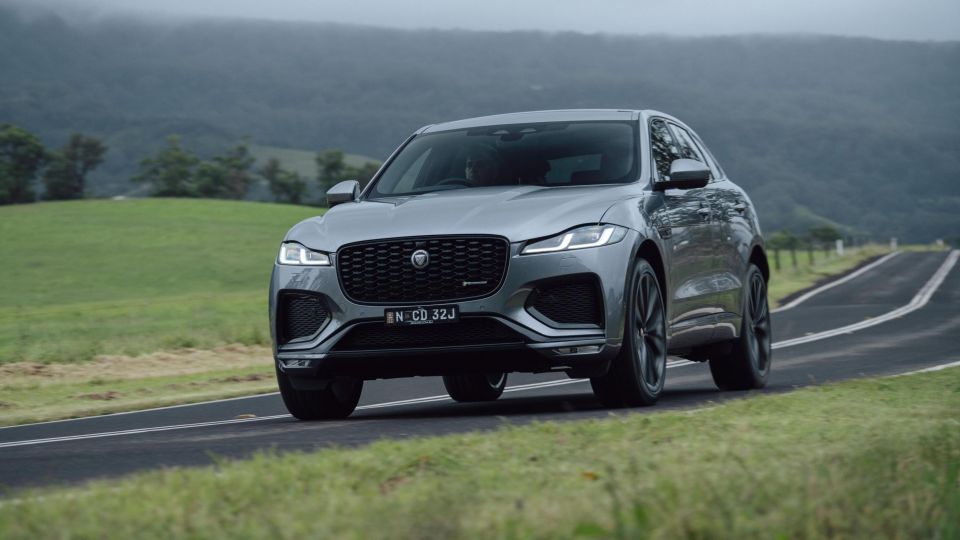
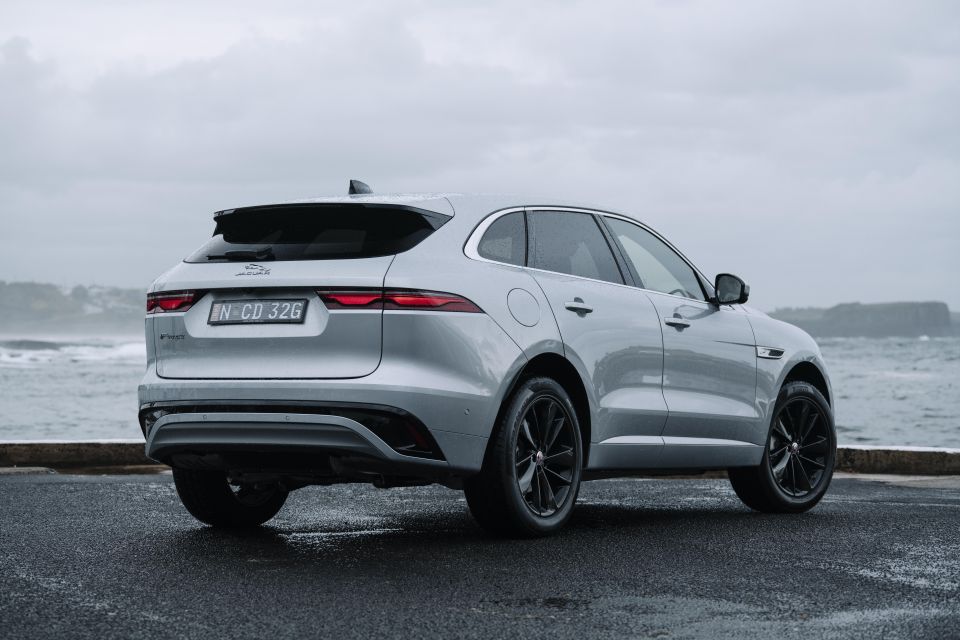

Founder
New from
$74,990
excl. on-roads

Founder
New from
$74,990
excl. on-roads


Founder
New from
$74,990
excl. on-roads

Founder
New from
$74,990
excl. on-roads
Quickly see how this car stacks up against its competition. Select any benchmark to see more details.
Where expert car reviews meet expert car buying – CarExpert gives you trusted advice, personalised service and real savings on your next new car.
When the Jaguar F-Pace launched in 2016, it surprised with an aluminium structure, a daring design and a range of engine options to keep the masses pleased.
Since then, it has been criticised for build quality issues and technical issues with Jaguar’s InControl Touch Pro infotainment system.
But, Jaguar says that has all changed with the 2021 Jaguar F-Pace.

Quality has improved and JLR is spending more time reducing complexity in its cars to limit issues down the track.
There’s also a brand new infotainment system that is set to further improve functionality and usability of key systems within the car.
Has it all worked? We attended the national launch of the 2021 Jaguar F-Pace to find out.
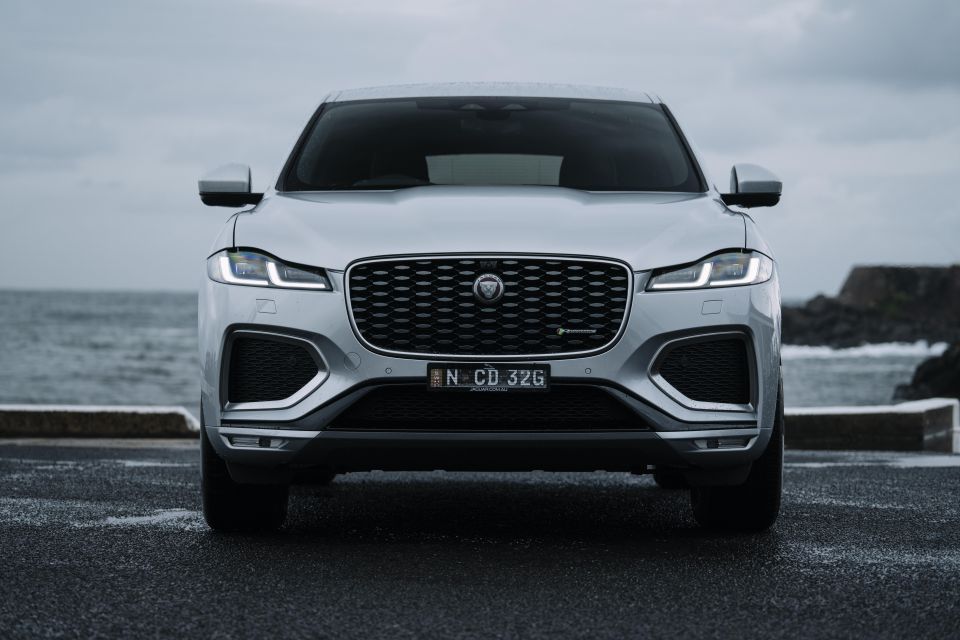
2021 Jaguar F-Pace pricing kicks off from $76,244 before on-road costs for the four-cylinder F-Pace P250 R-Dynamic S and goes all the way through to $142,294 before on-roads for the top-specification supercharged eight-cylinder F-Pace SVR.
The rest of the range looks like this:
All prices exclude on-road costs
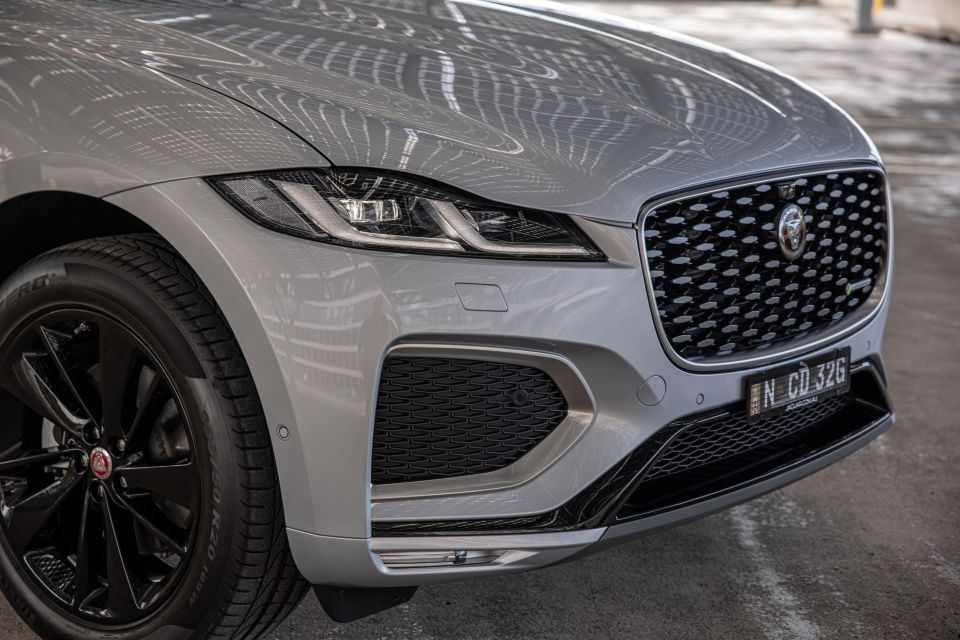
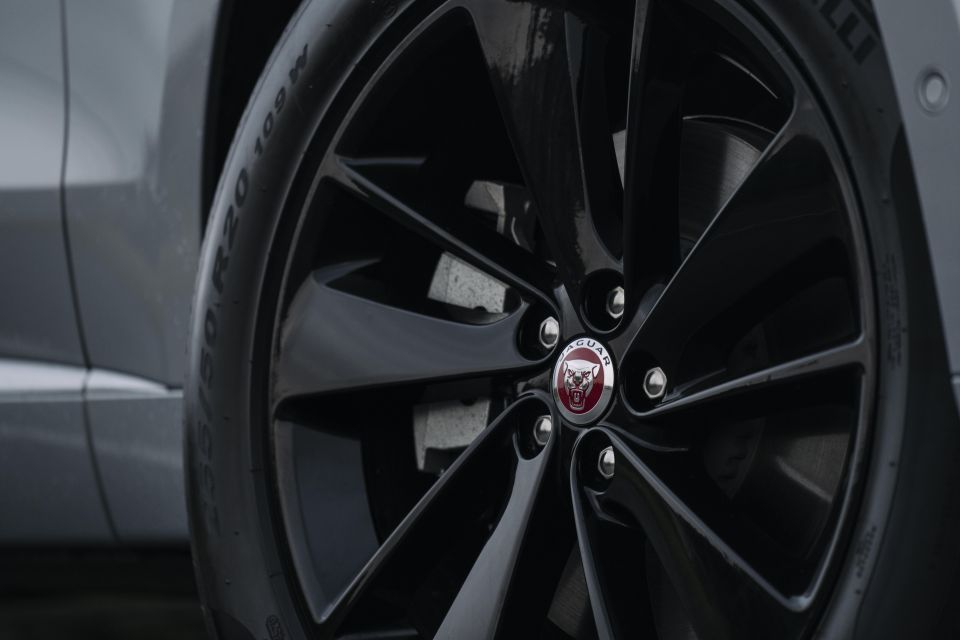
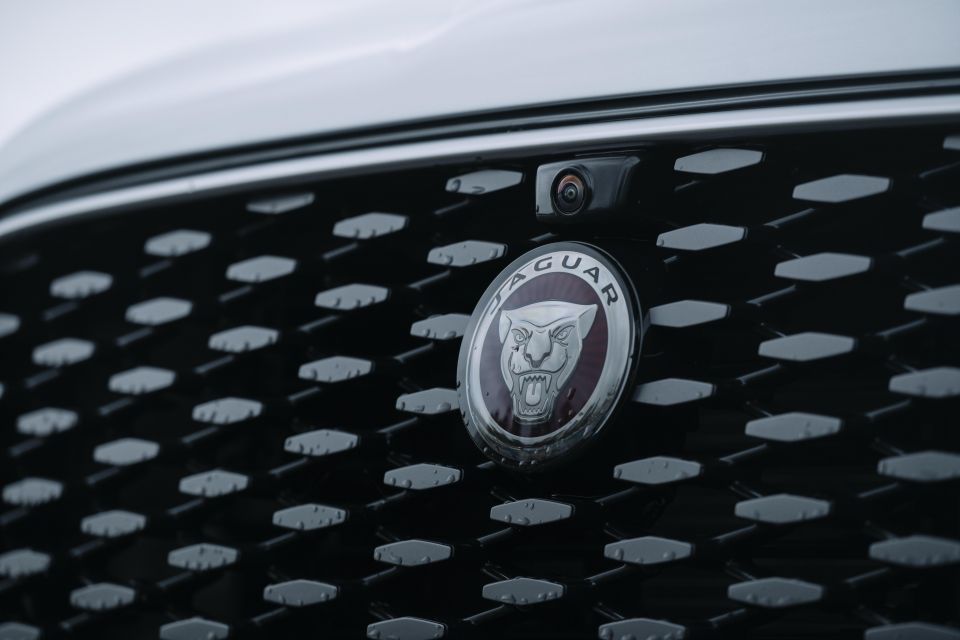
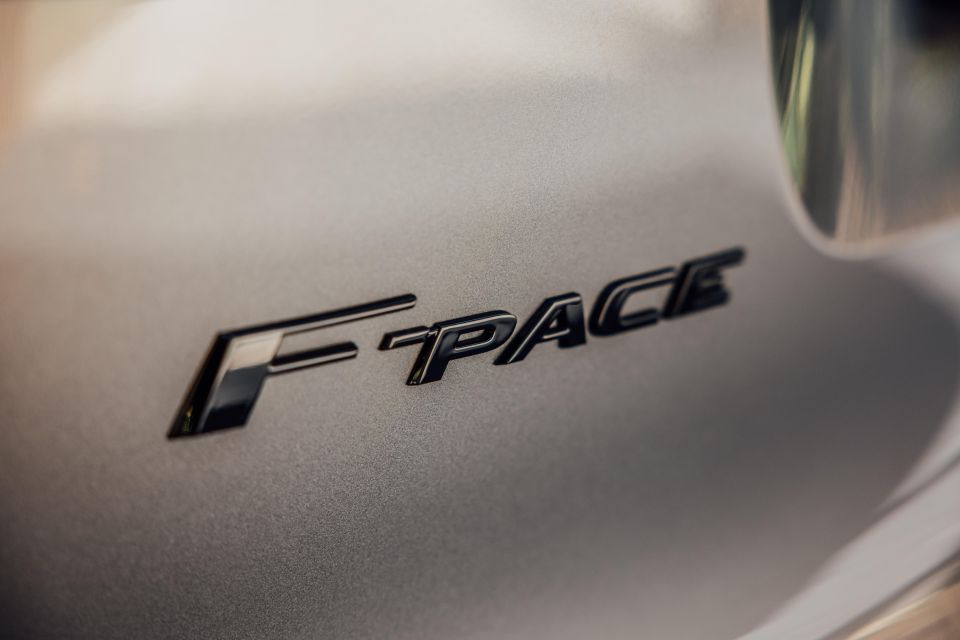
Buy your new car without the stress. It's fast, simple and completely free.

Great service from Travis and team, second time I have used this business would not hesitate to recommend them to anyone
Craig C.
Purchased a Ford Ranger in Sunshine Coast, QLD
CarExpert helped Craig save $7,224 on his Ford Ranger, now let us save you on your next new car.
Get your BEST priceJaguar has taken an axe to the complex F-Pace range and simplified the offerings. There are still plenty of options to pick from, but the most important ones are now bundled in packages to make it easier to understand.
The model grades are R-Dynamic S, R-Dynamic SE, R-Dynamic HSE and SVR.
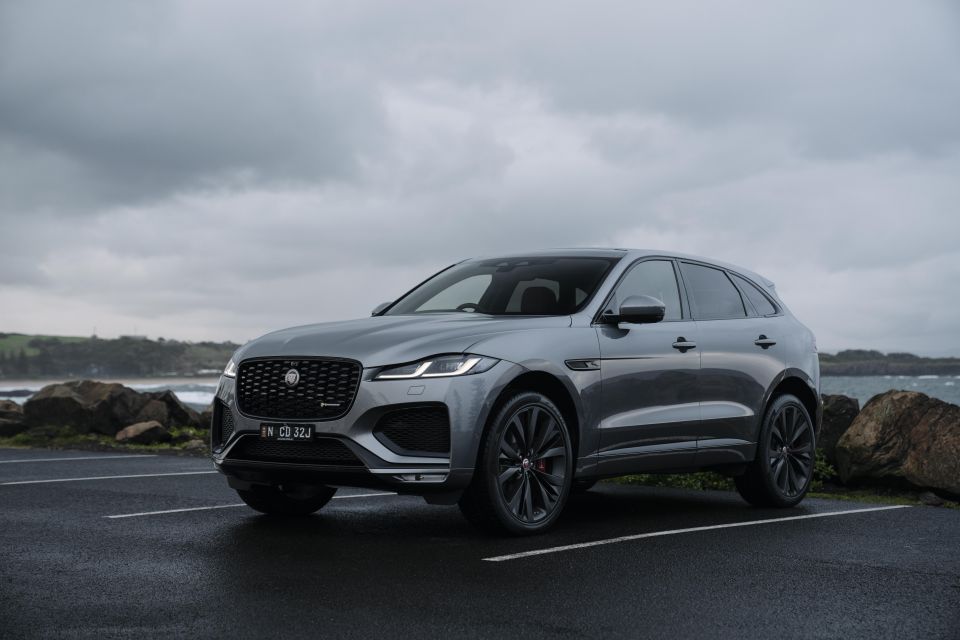
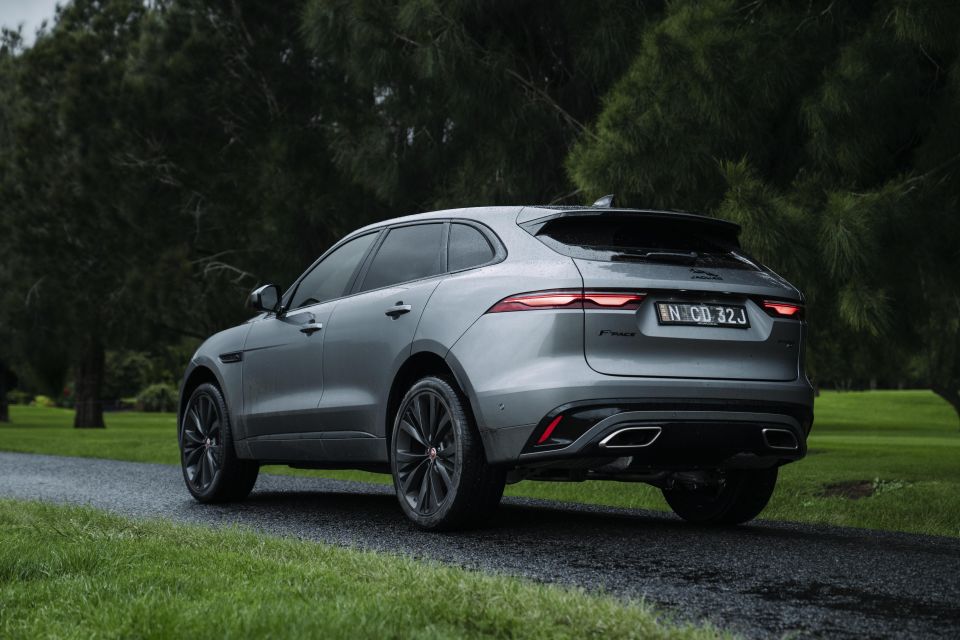
The S comes standard with the following features:
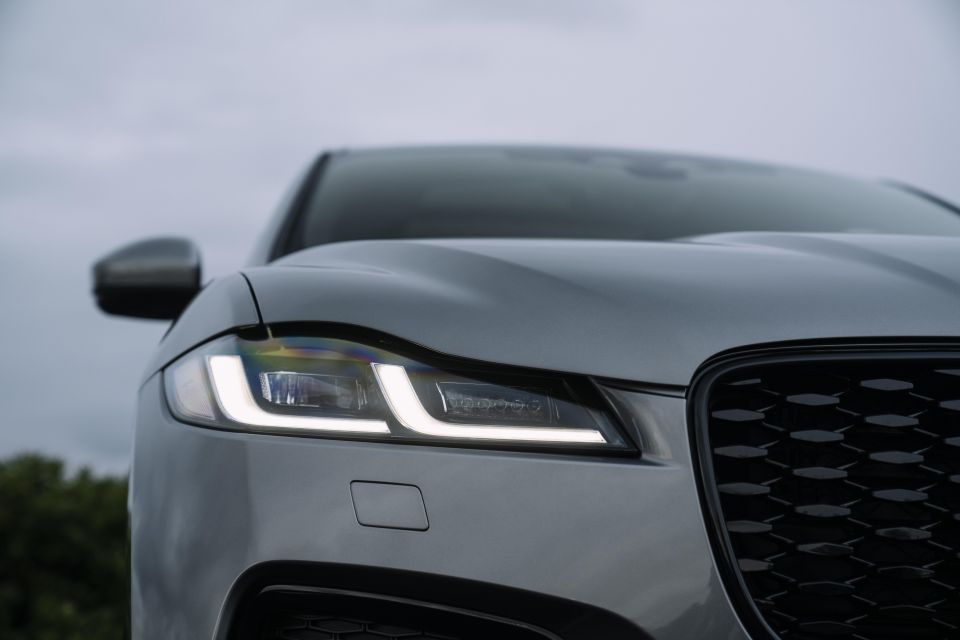
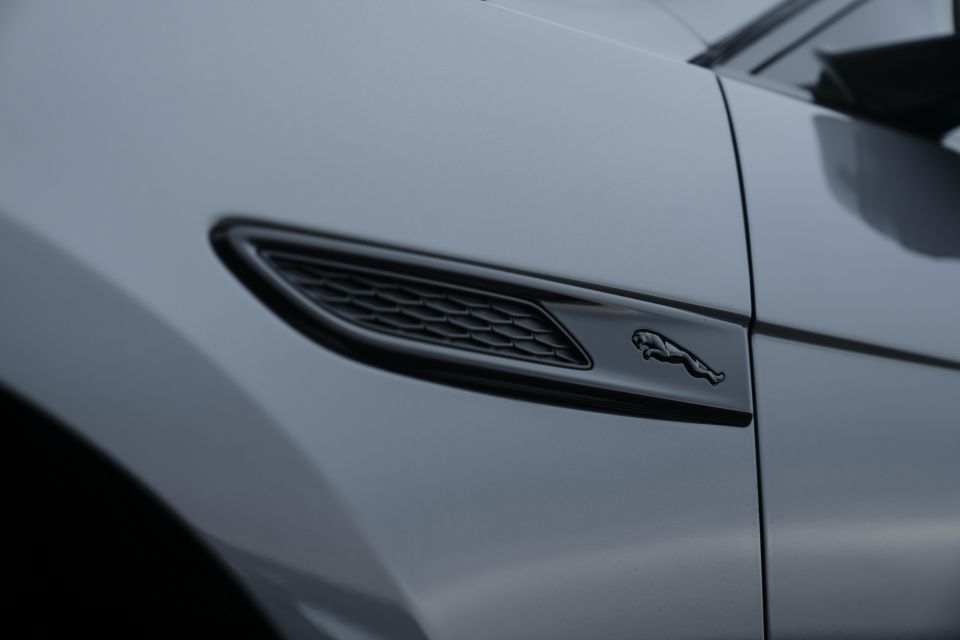
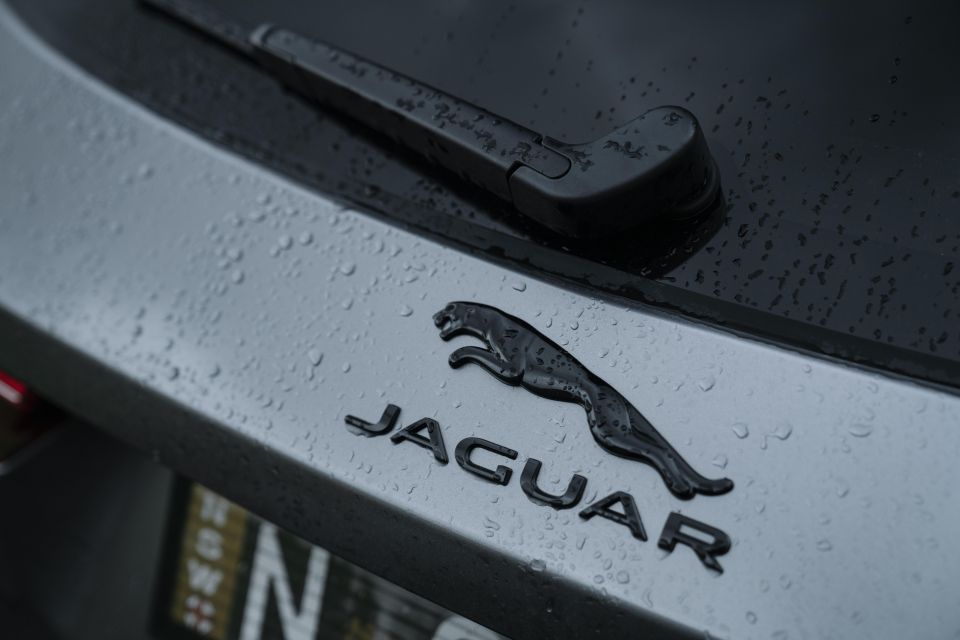
The SE adds:
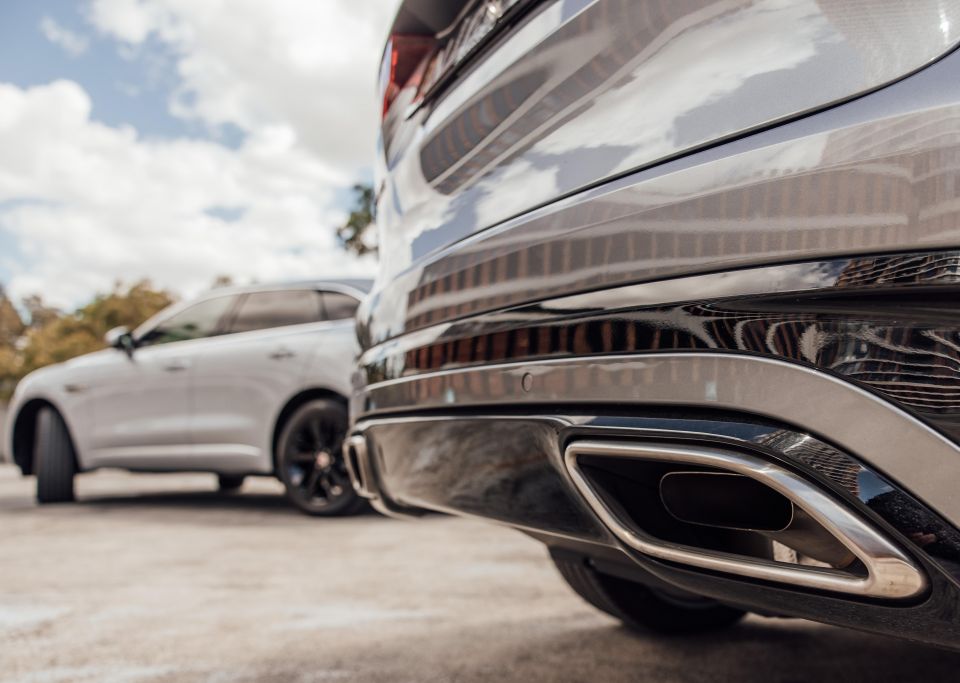
The HSE adds:
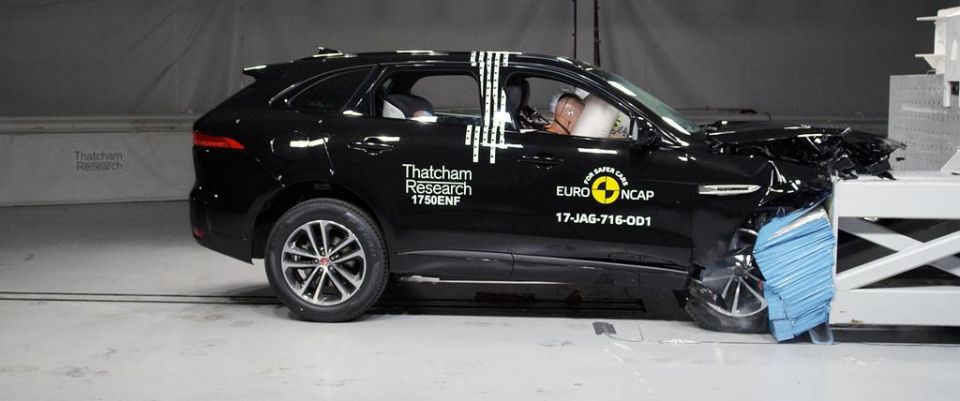
The Jaguar F-Pace has a five star ANCAP safety rating based on testing in 2017.
It scored a 93 per cent adult occupant safety rating, an 85 per cent child occupant safety score, an 80 per cent pedestrian protection rating and a 72 per cent safety assist score.
All 2021 Jaguar F-Pace models come standard with the following safety features:
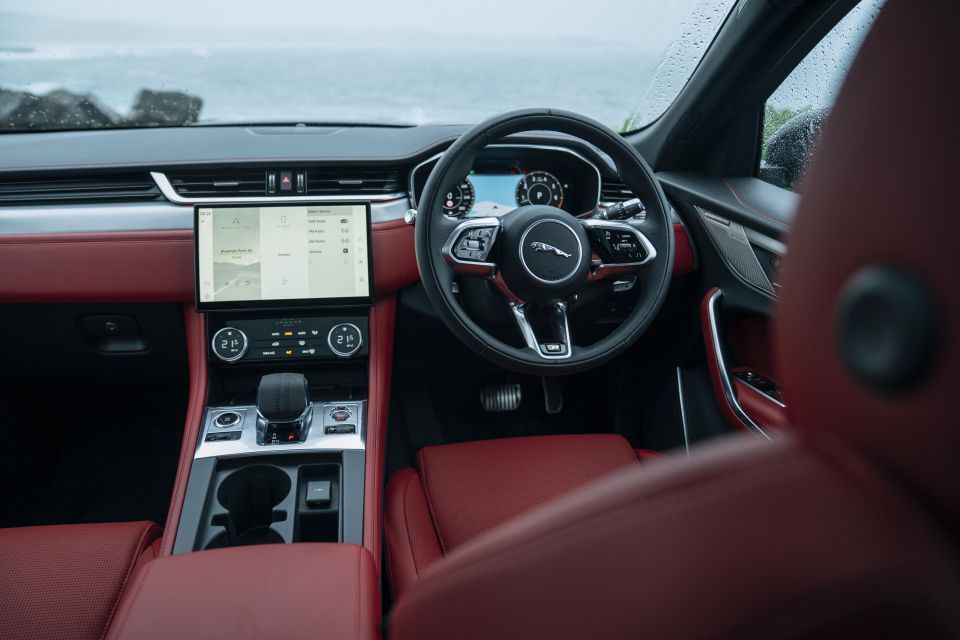
The interior is likely to be the thing that sells this car to most punters for Jaguar. Immediately as you open the door you’re greeted with a simplified and high-tech cabin that looks far more premium than the pre-facelift model.
Central to that is JLR’s new 11.4-inch Pivi Pro infotainment system. It features ‘always on’ technology, which means it’s ready to go almost immediately as the car is unlocked.
The full HD screen is sharp and lag-free, which is a quantum leap from where the system was with InControl Touch Pro, which was laggy and always required time to become ready before it would accept commands.
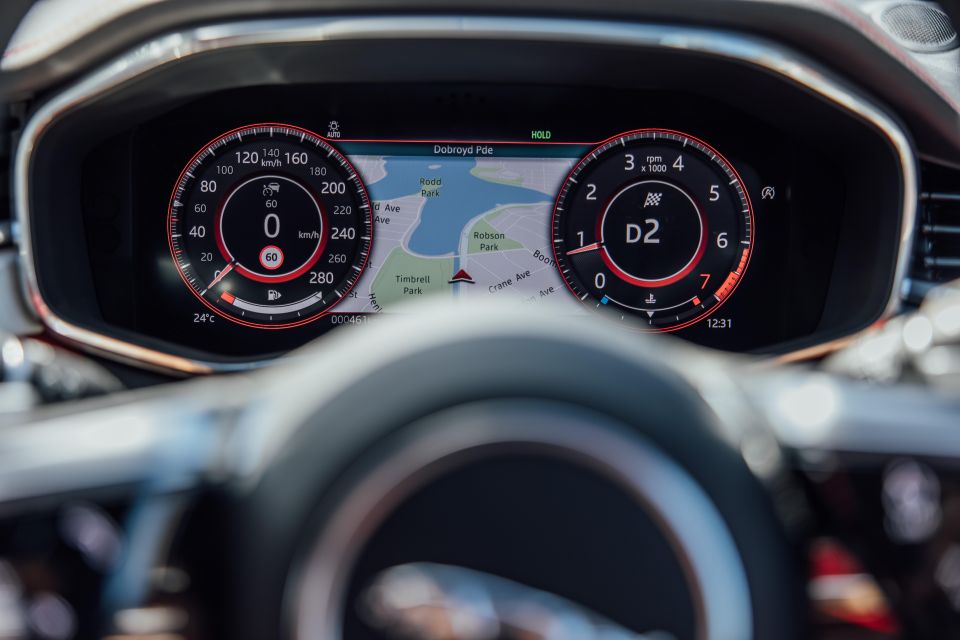
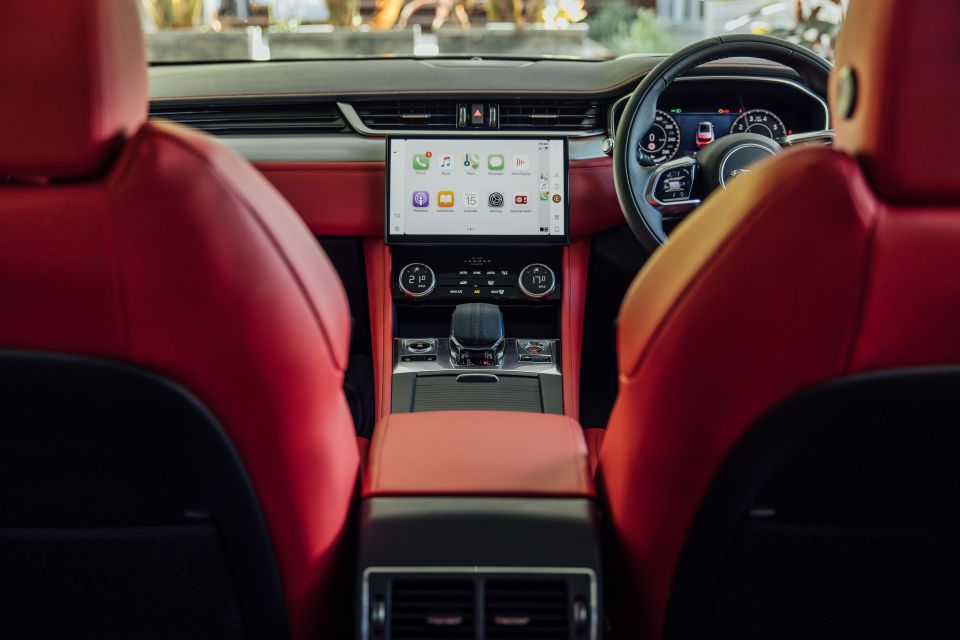
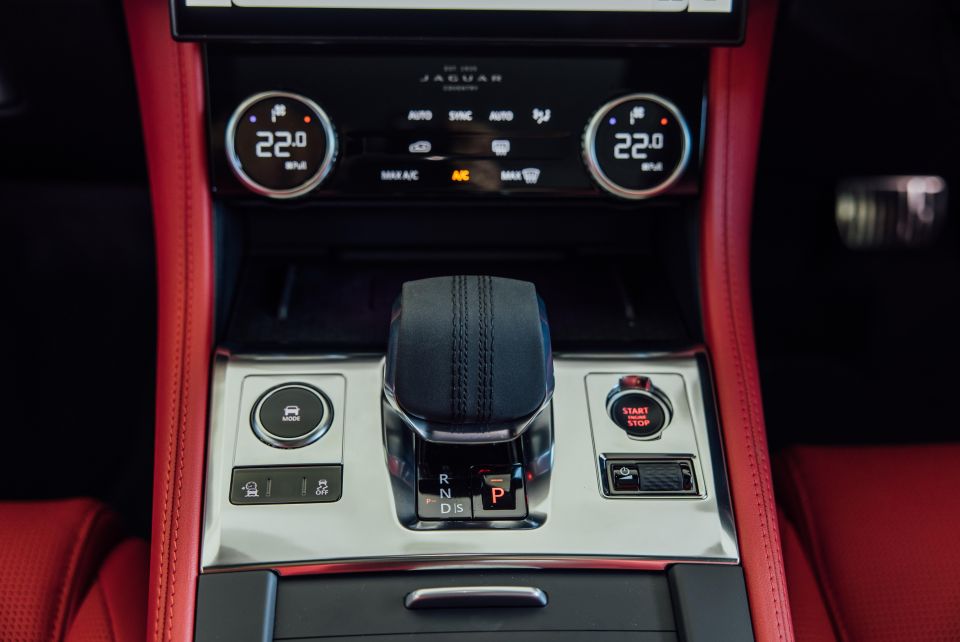

Built into the screen is wired Apple CarPlay and Android Auto, along with inbuilt satellite navigation. It’s also capable of accepting secure over-the-air updates and remote connectivity through a phone application.
Audio comes in the form of AM/FM and DAB+ digital radio with a range of sound systems available across the range.
One of the cars we tested featured the optional 14 speaker Meridian sound system and it was impressive. A boot-mounted subwoofer adds extra punch and the 400W sound system also includes Active Noise Cancellation to round out road noise.
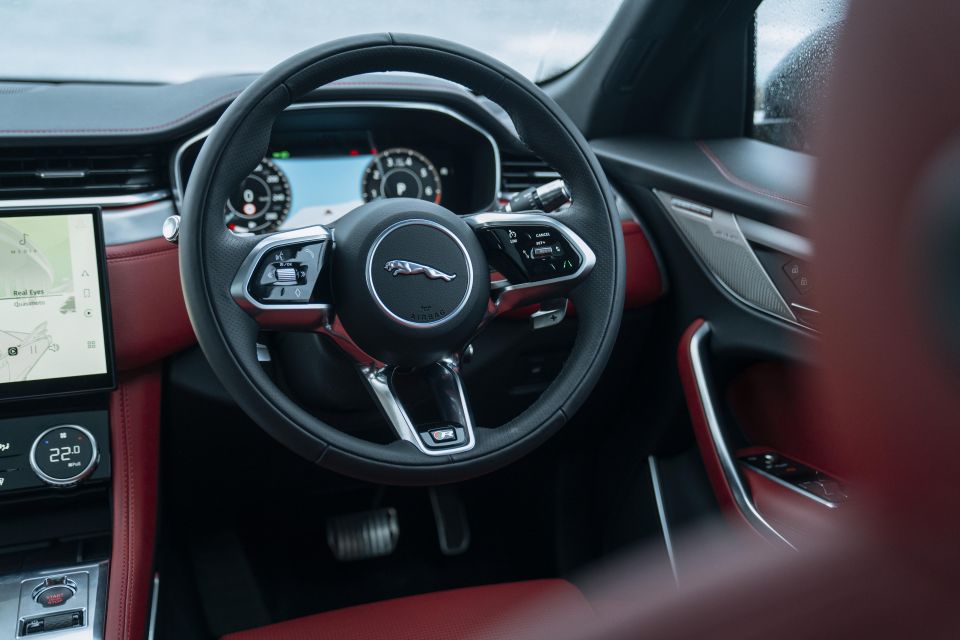
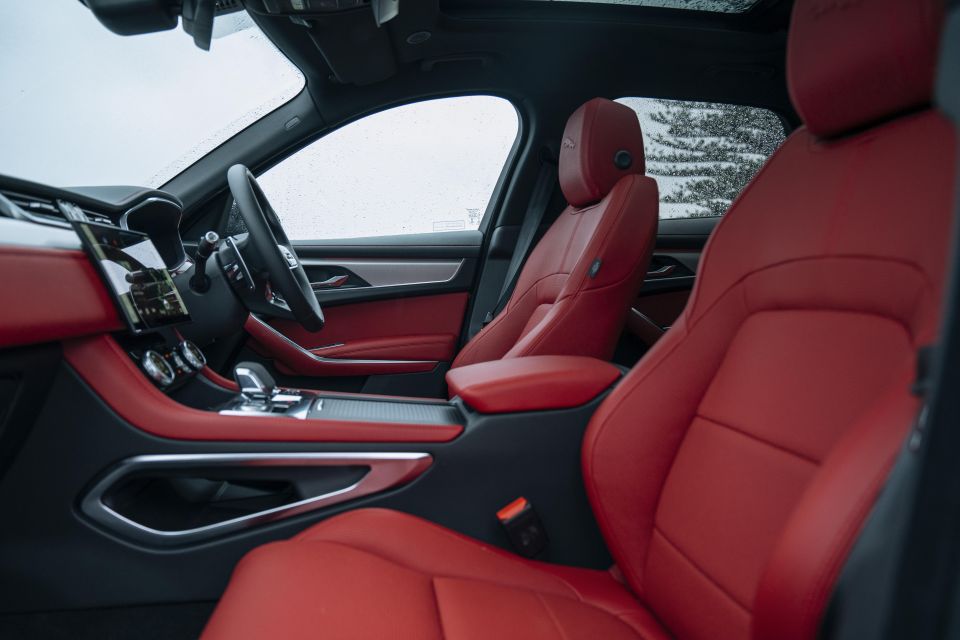
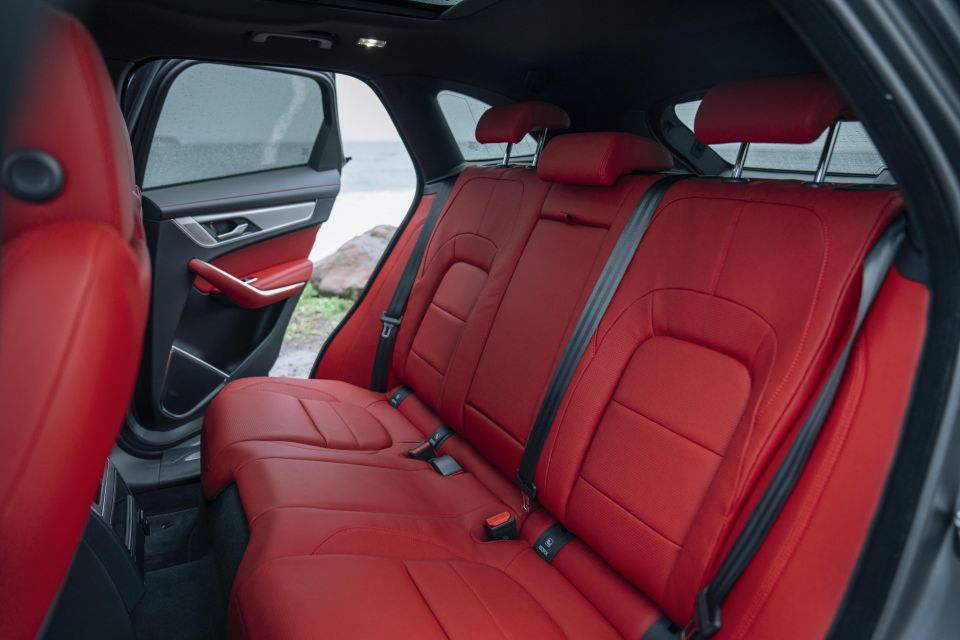
There has been a big step up in terms of interior fit and finish, along with the quality of materials used. The gear shifter is wrapped in leather, while the temperature controls feature metallic knurled dials. Some temperature controls have now also moved to touch sensitive controls instead of physical buttons.
The new steering wheel is also a big improvement. The plastic etched buttons of the old F-Pace were very rigid and sometimes hard to actuate. Brushed aluminium is used on the centre surrounds, while buttons with a perspex-like cover are used for additional controls. It’s a classy looking wheel.
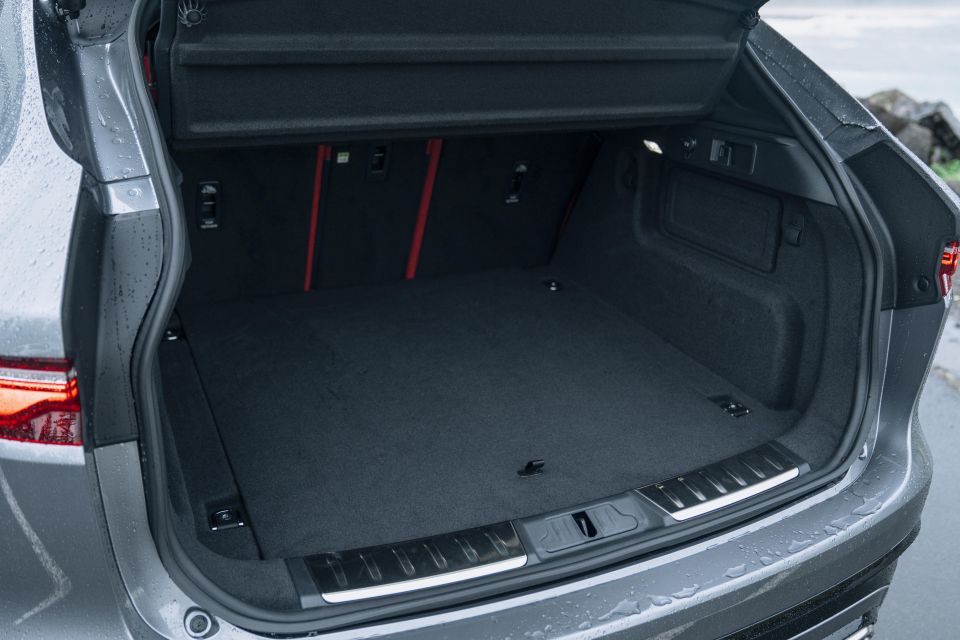
Dimensionally the Jaguar F-Pace is the same as the outgoing model. That means decent leg and headroom in the first row and more than enough room for adults in the second row.
The second row includes a centre arm rest with two cup holders, air vents and USB connectivity.
Cargo space comes in at 755 litres with the second row in place. Dropping the second row increases that space to 1804 litres. Beneath the cargo floor is a tyre repair kit, but a full sized spare can be optioned ($950-$1530 depending on size) if required.
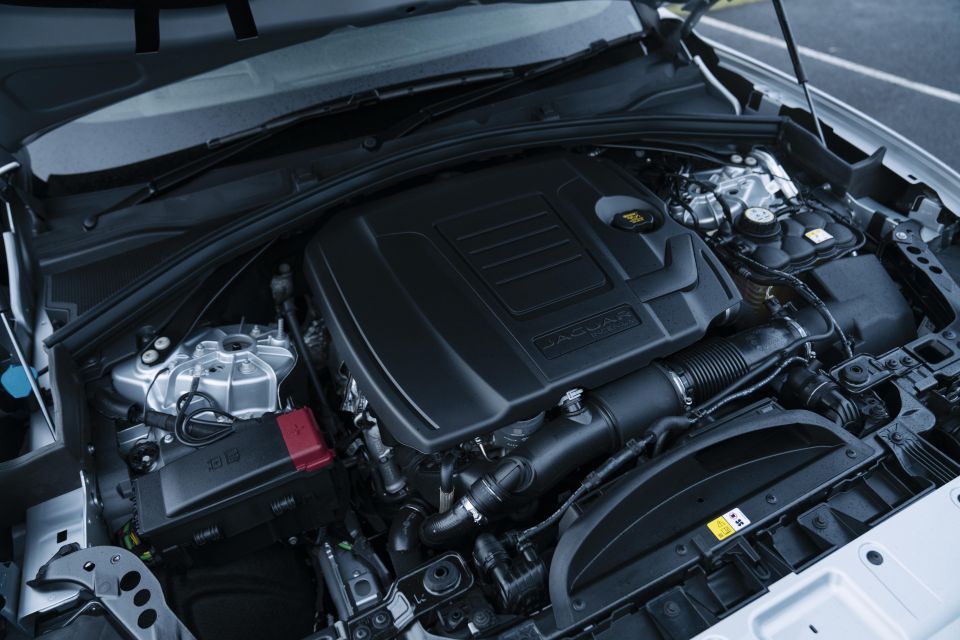
The 2021 Jaguar F-Pace range is available with four different engines.
P250 models use a turbocharged 2.0-litre four-cylinder petrol engine producing 184kW of power and 365Nm of torque, and have a claimed 0-100km/h time of 7.3 seconds.
The D300 uses a 3.0-litre inline-six turbo-diesel producing 221kW of power and 650Nm of torque. It uses a 48V mild-hybrid system and has a claimed 0-100km/h time of 6.4 seconds.
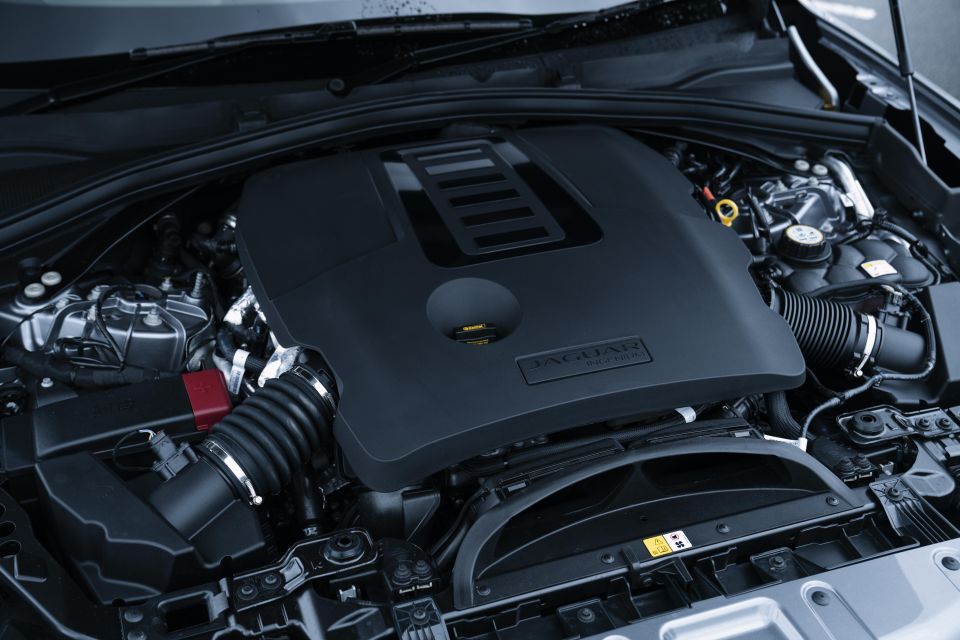
Where expert car reviews meet expert car buying – CarExpert gives you trusted advice, personalised service and real savings on your next new car.
The P400 uses a 3.0-litre inline-six petrol engine with an electric supercharger, twin-scroll turbocharger and 48V mild-hybrid system. Total output is 294kW of power and 550Nm of torque, while 0-100km/h takes just 5.4 seconds.
The range-topping SVR has a supercharged 5.0-litre V8 engine producing 405kW of power and 700Nm of torque. It has a 0-100km/h time of 4.0 seconds.
All F-Pace models use an eight-speed automatic transmission and all-wheel drive.
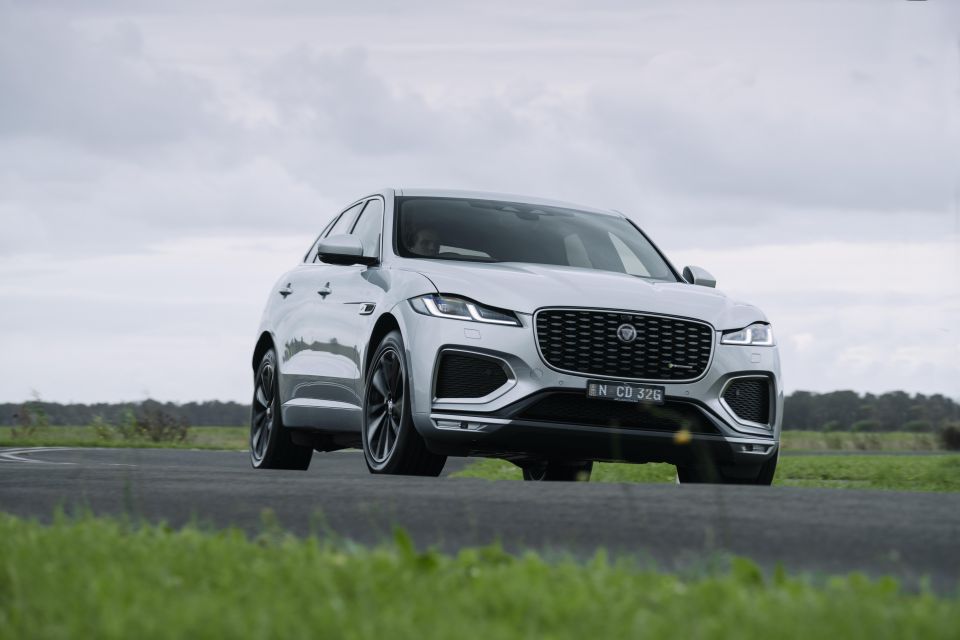
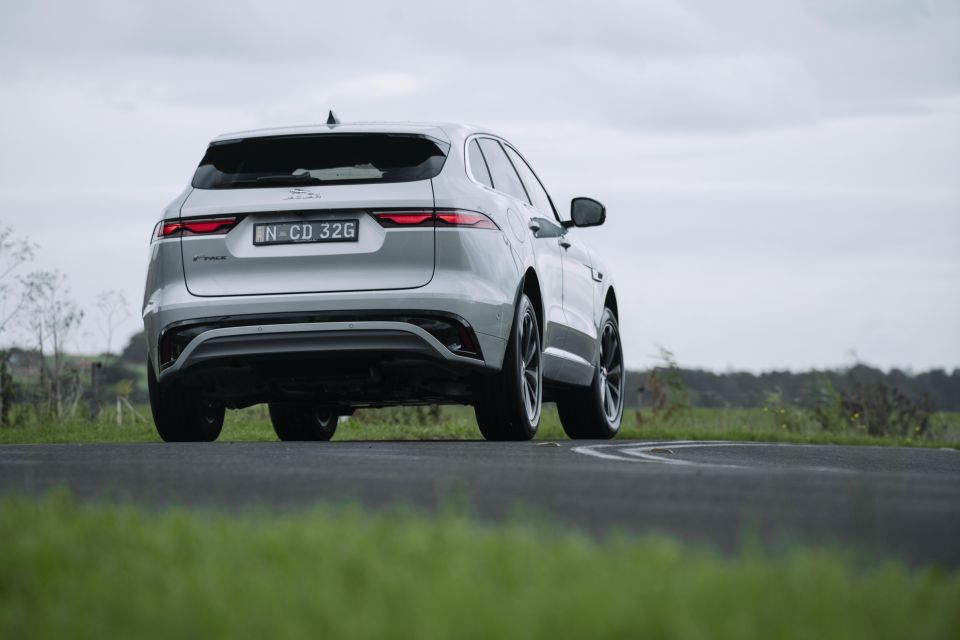
Before we talk about what the F-Pace is like to drive, it’s worth pointing out what has changed externally with the facelift. On the outside it’s a new bonnet, new grille design and new LED light graphics at the front and rear. The rear also features a new lower valance, new rear bumper and the addition of a black pack.
We had the chance to test both the P250 S and P400 SE petrol engines at the single day launch event. Our drive was predominantly highway driving with a stretch of mountain road down to the coast.
Despite how it appears on paper, the P250 is surprisingly punchy given the relatively light 1768kg tare mass. The means the 365Nm of torque it produces between 1300-4500rpm is entirely usable and doesn’t leave the car feeling asthmatic.
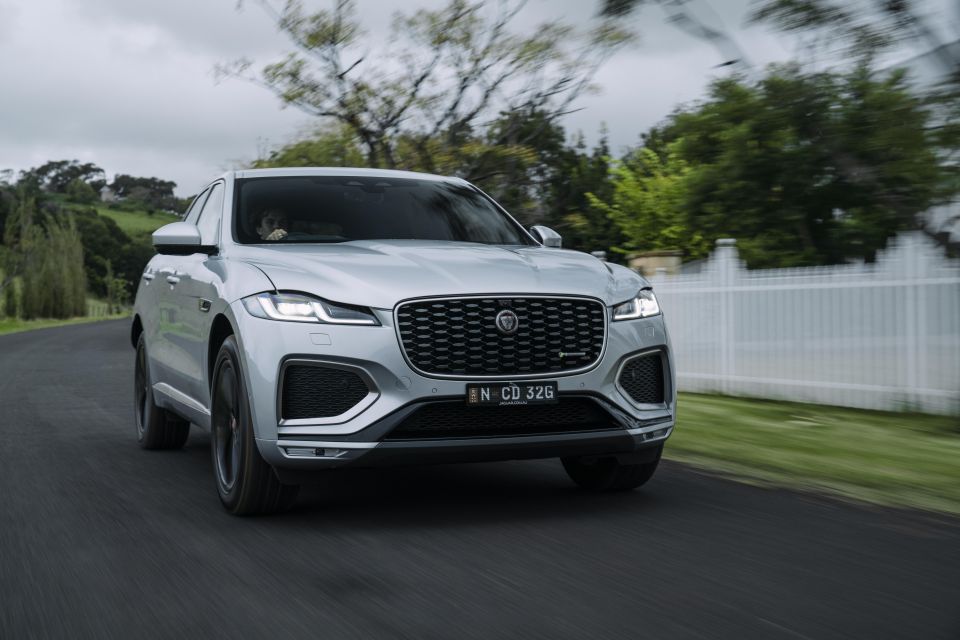
It’s relatively light compared to its peers due to its aluminium structure that reduces weight in comparison to steel.
One of the other advantages of the lighter construction is fuel economy, with the P250 consuming 7.8 litres of fuel per 100km on the combined cycle. Our drive route, which was predominantly highway but included a brisk run through a mountain pass came in at just over 7L/100km in the P250.
All F-Pace variants use the same eight-speed automatic ZF transmission. It’s a great gearbox that delivers smooth gear shifts and rapid acceleration on demand. It’s happy to lean on the engine’s torque band, while the intelligent sport mode helps hold gears and returns a sonorous exhaust note.

There are a number of drive modes to choose from using the rotary dial that pops out of the centre tunnel. SE specifications and up include adaptive damping that tailors ride firmness depending on the drive mode.
The first car we drove was a P250 S without adaptive damping. Jaguar positions the F-Pace smack bang in the middle of comfort and sportiness and that’s exactly how the ride feels without adaptive damping. It’s comfortable in and around town, but when you reach a twisty set of bends it feels nimble and sporty.
Steering feel is quite direct and on the heavier side of comfortable, which lends to its sporty nature. Even on the 20-inch alloy wheels fitted to our test car, it didn’t crash or vibrate over rough sections of road.
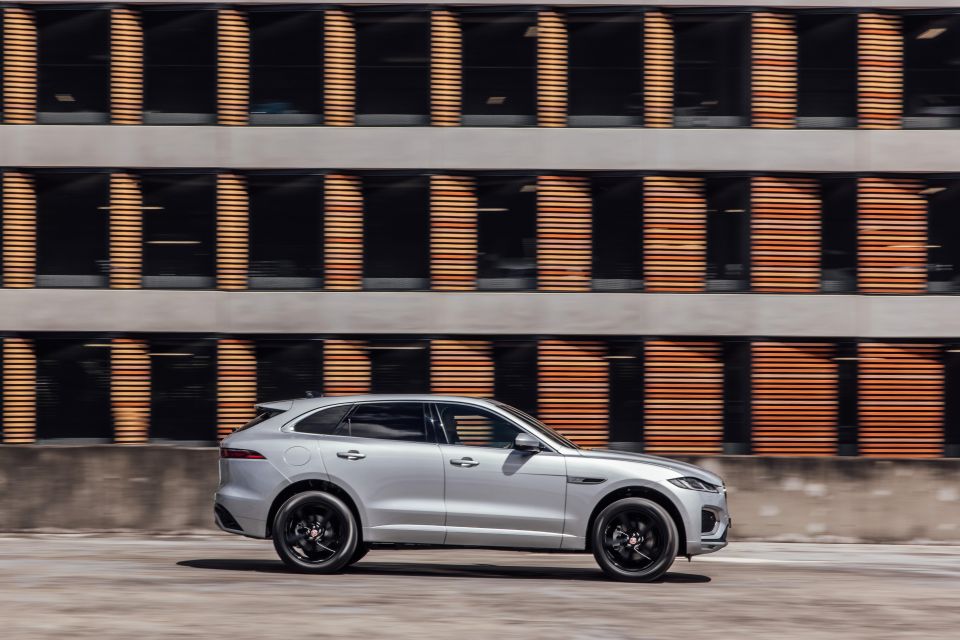
A degree of the quietness in the cabin will come down to active noise cancellation fitted with the optional Meridian sound system. Both the P250 S and P400 SE we drove had the optional sound system fitted with active noise cancellation. Does it work? It’s hard to tell without driving the same stretch of road back-to-back, but road noise is minimal in the cabin at highway speeds.
While the P250 is more than enough for most, the P400 really is the sweet spot in the range. We tested this ripper drivetrain in the Land Rover Defender recently and fell in love with the massive slabs of torque on offer.
With 550Nm of torque and a 48V mild hybrid system on board, it’ll move from 0-100km/h in 5.4 seconds (compared to 7.3 seconds in the P250) and it has a great engine and exhaust note to boot.
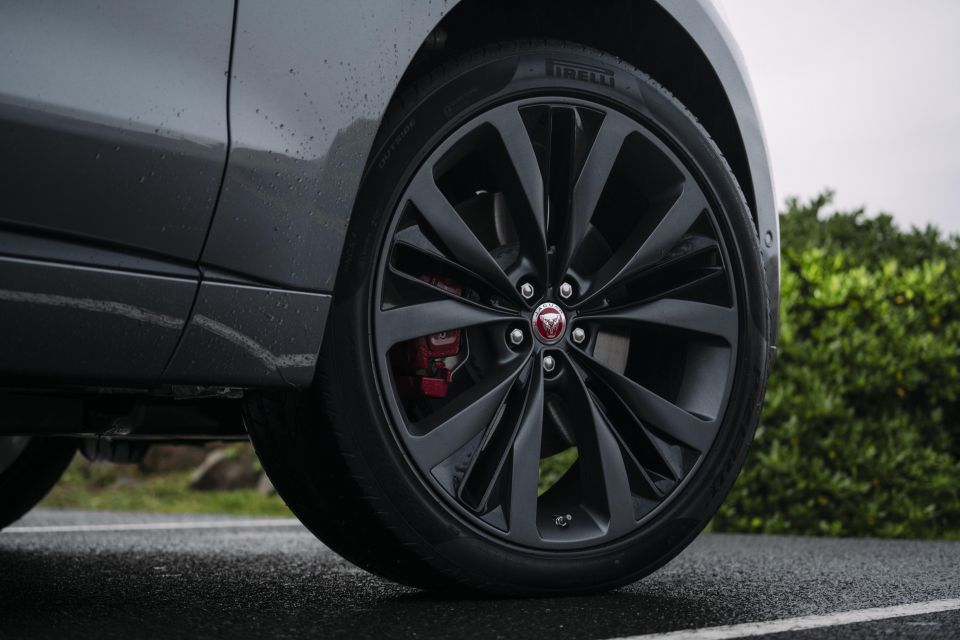
We did the same road as the P250, but in reverse, in the P400. It was predominantly uphill and it was immediately obvious just how urgent the torque delivery is in the P400 in comparison to the P250.
It has 550Nm of torque available from 2000-5000rpm, which means the eight-speed automatic can easily lean on the big torque band without shifting back through gears.
It’s 131kg heavier than the P250 (at 1899kg tare) due to the extra cylinders and mild hybrid equipment, but it’s not immediately detrimental. It’s still lighter than many of its competitors and the all-wheel drive system ensures there’s always torque available to push it out of a corner.
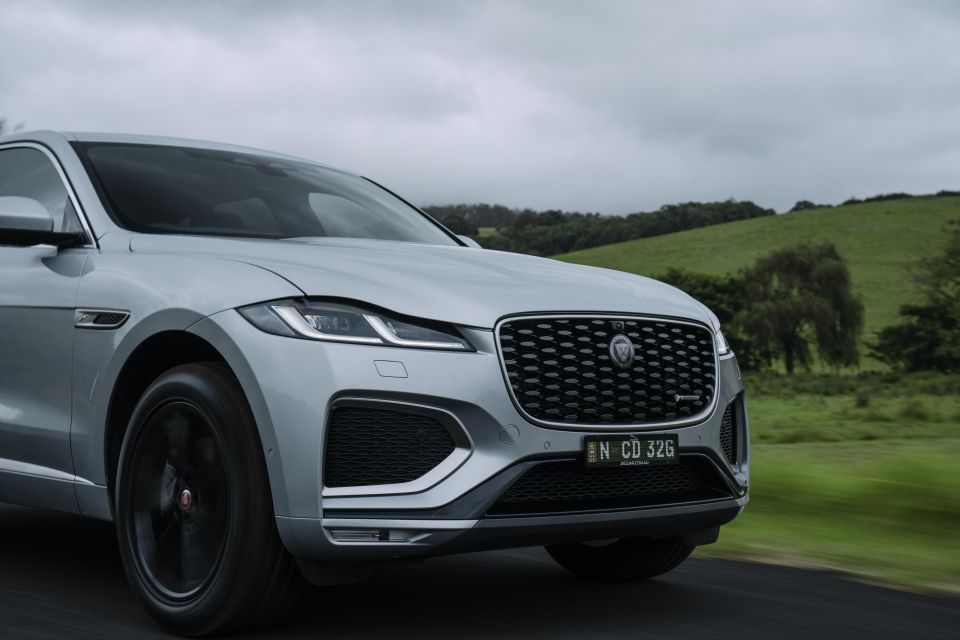
Even on the optional 22-inch alloy wheels it rides nicely. The sport mode with adaptive dynamics firms up the ride and helps keep the body flat through corners, but it’s not going to shatter teeth if you collect a bump mid corner.
It’s equally comfortable in comfort mode – again, even on 22-inch alloy wheels.
Just like the P250 S we drove, the P400 SE was predominantly driven on the highway and across this mountain stretch somewhat aggressively. It returned an average fuel economy of 8.2L/100km on the combined cycle.
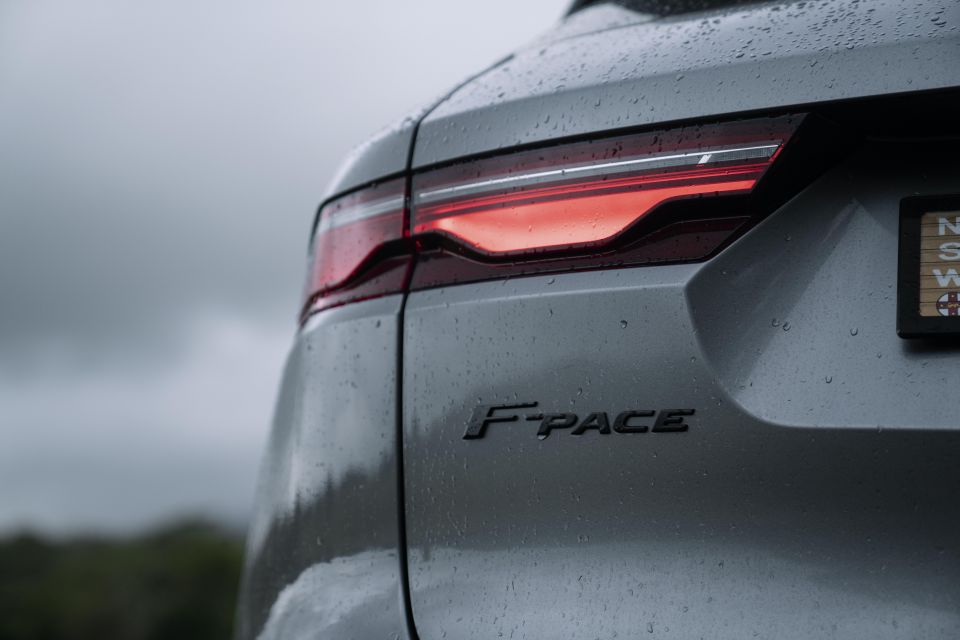
Jaguar offers service plans across the F-Pace range, covering it for five years or 130,000km, whichever comes first.
These plans cost $1950 with the P250, $2650 with the D300, $2250 for the P400 and $3750 with the SVR.
All F-Paces are covered by a five-year, unlimited kilometre warranty with five years of roadside assistance.
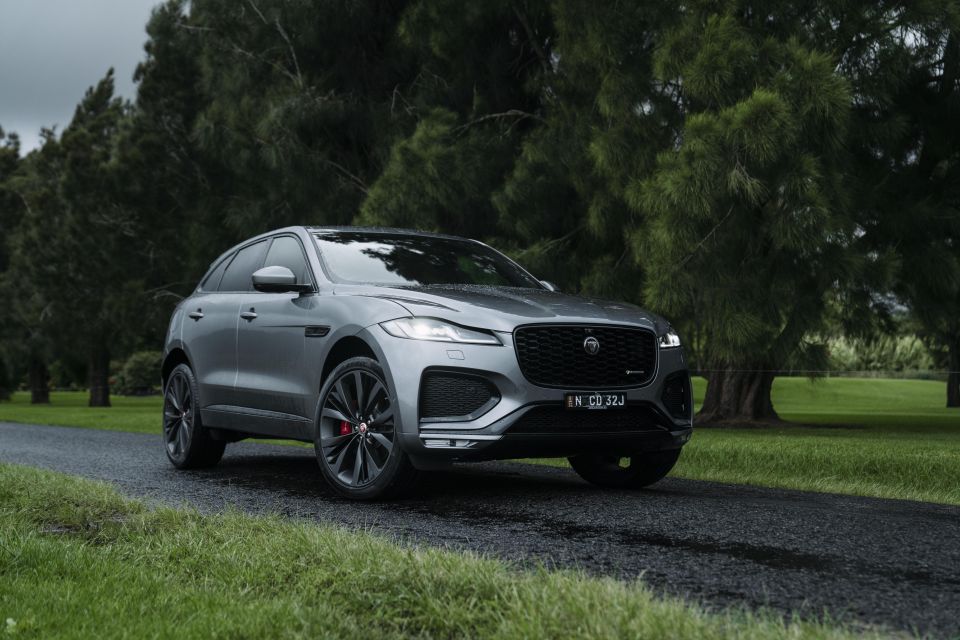
Buy your new car without the stress. It's fast, simple and completely free.

Great service from Travis and team, second time I have used this business would not hesitate to recommend them to anyone
Craig C.
Purchased a Ford Ranger in Sunshine Coast, QLD
CarExpert helped Craig save $7,224 on his Ford Ranger, now let us save you on your next new car.
Get your BEST priceThe Jaguar F-Pace has always been an impressive car that has simply been let down by quality issues, a poor infotainment system and a complex range.
Each of these issues has now been addressed and Jaguar has created what can only be described as one of the segment leaders in terms of technology, packaging and features. You’re not longing for much and anything that is missing can be optioned in as required.
We’re excited to get behind the wheel of the updated F-Pace SVR, which presents as excellent value in the segment as a performance car. It gets the same updates as the rest of the F-Pace range, which should make it a standout performer when it lobs locally.
Disappointingly Jaguar has ruled out a plug-in hybrid variant for Australia, meaning we will only have the mild hybrid for the moment. Given the brand is moving to a full electric future from 2025, it’s something that should be here now to prep customers for the transition.
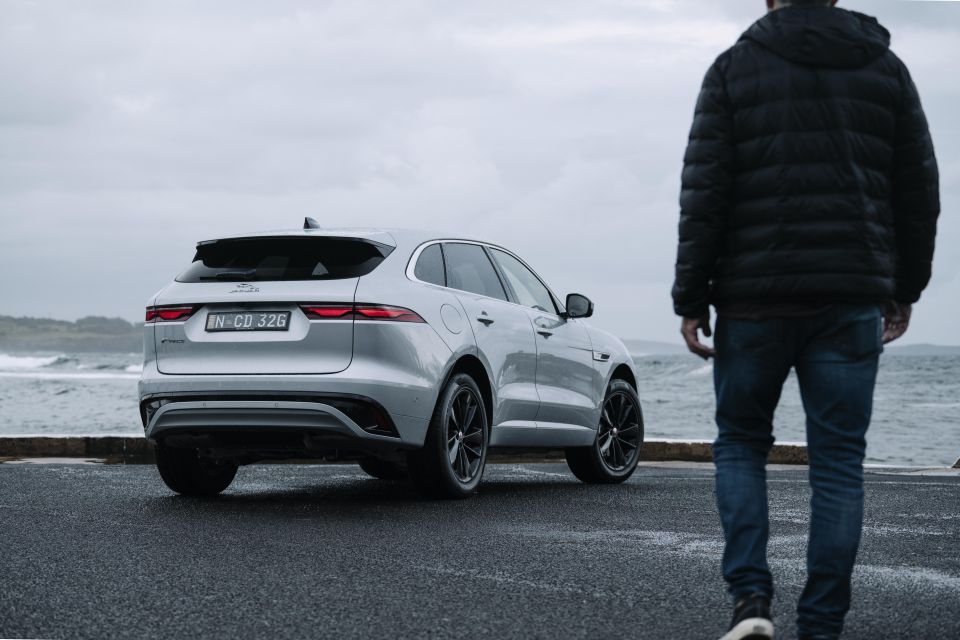
Click the images for the full gallery
Where expert car reviews meet expert car buying – CarExpert gives you trusted advice, personalised service and real savings on your next new car.
Paul Maric is an Australian car expert based in Melbourne, Australia. Paul is a founder of CarExpert.com.au & formerly part of the CarAdvice founding team.


James Wong
5 Days Ago


James Wong
4 Days Ago
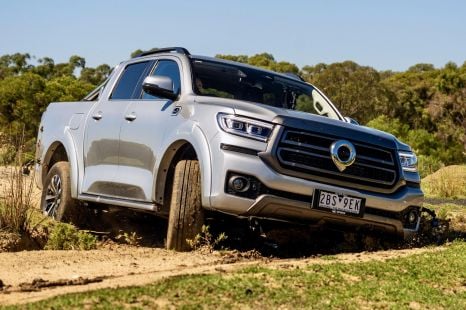

Max Davies
3 Days Ago
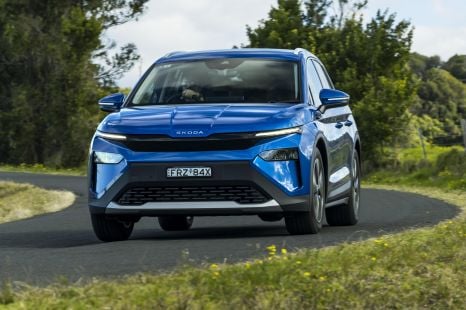

Josh Nevett
2 Days Ago
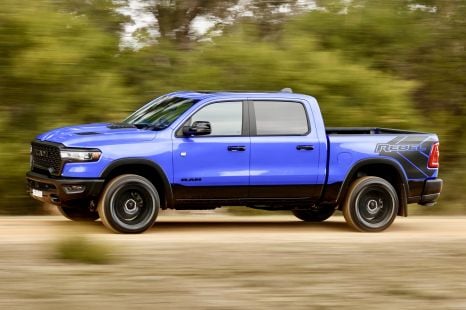

Max Davies
2 Days Ago
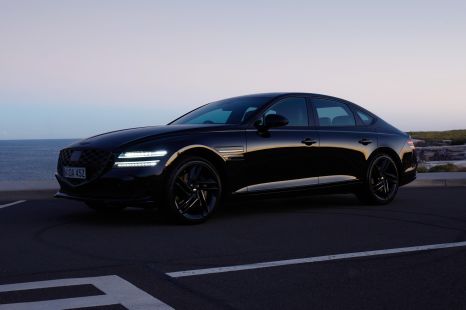

William Stopford
19 Hours Ago